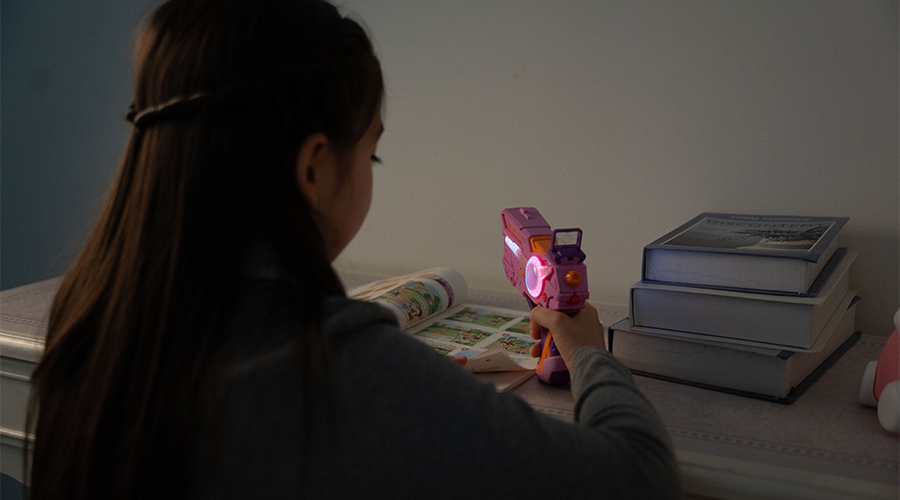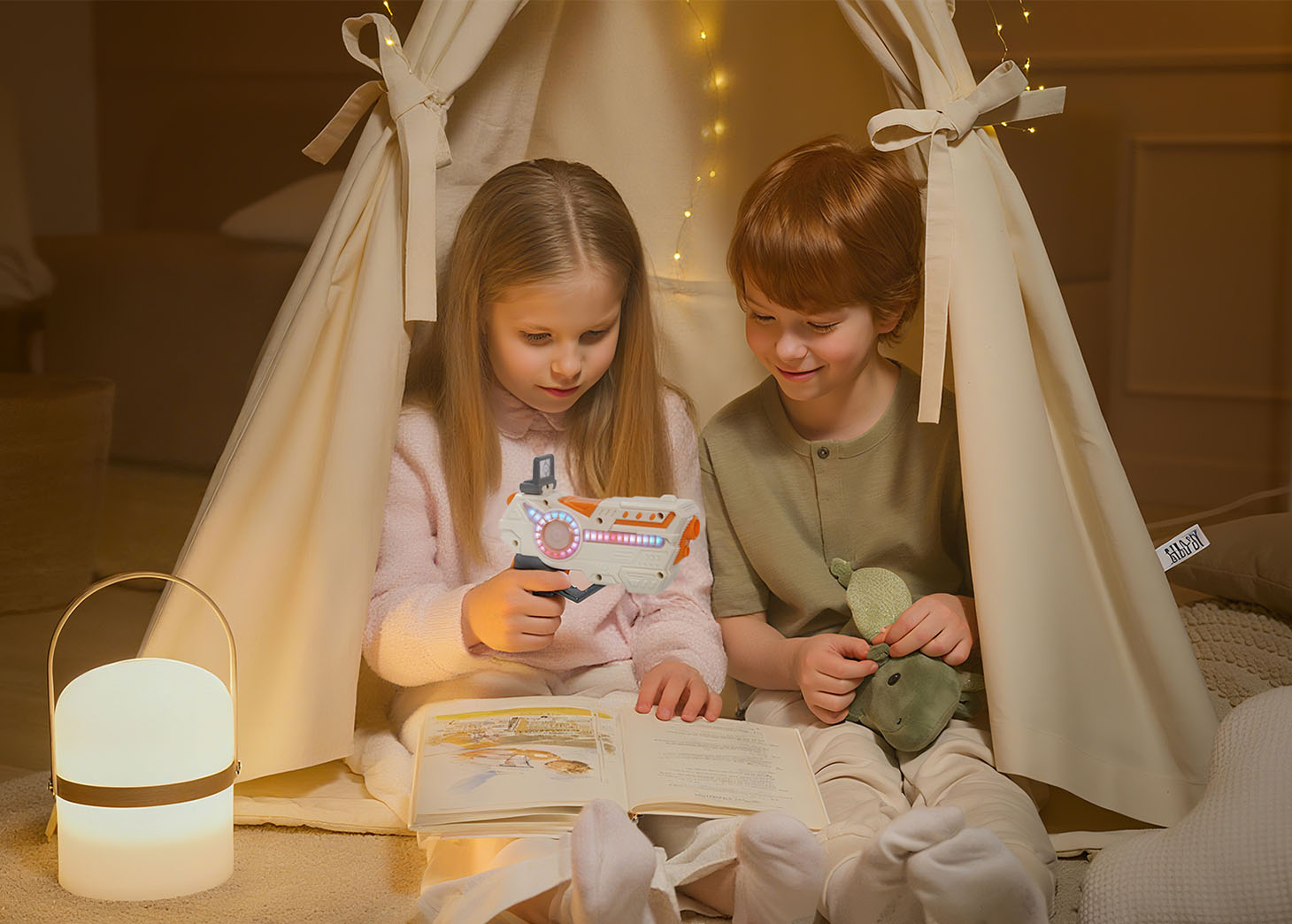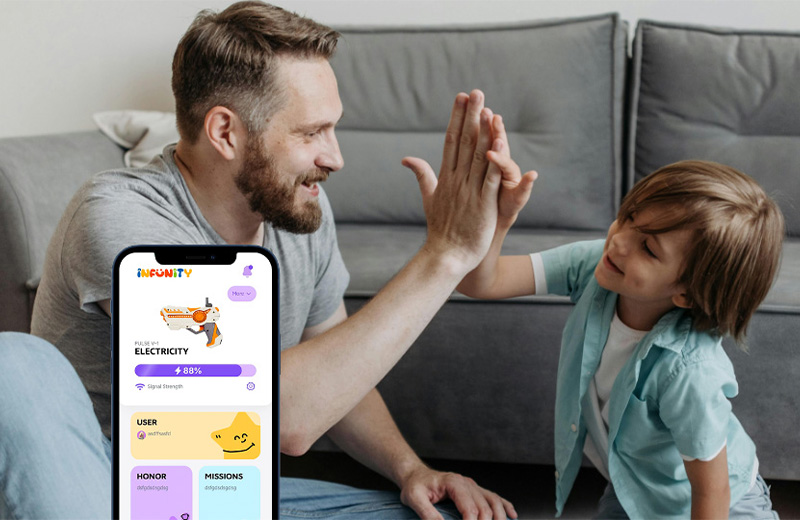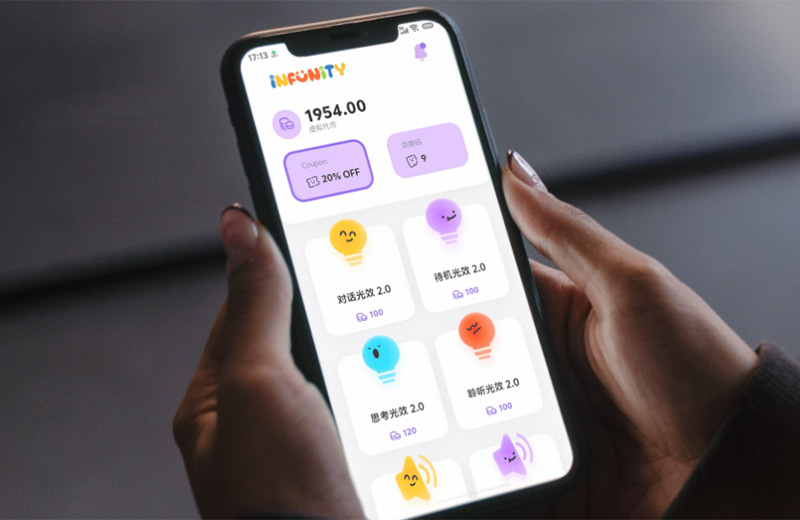In 2025, Shenzhen-based company INFUNITY launched a new generation of AI toys designed to blend learning, imagination, and emotional connection. The idea is simple: use AI not just to entertain, but to understand — and respond to — the way children think and feel.
Across households, parents report small but meaningful changes. “My son used to ask endless questions about space,” said one mother from California. “Now his AI toy answers most of them — and sometimes asks new ones back. It’s like having a curious friend in the room.”
Recent data from a U.S. parenting survey shows that 62% of families using AI educational toys noticed an improvement in their child’s attention span and engagement. More than half said they spent less time managing screen use because their children preferred interactive play.

These findings come at a time when parents are balancing two major concerns — too much screen time and not enough meaningful learning. AI toys like INFUNITY’s Pulse V-1 attempt to bridge that gap. The toy doesn’t rely on passive watching; instead, it invites children to talk, ask, and explore. With its built-in AI companion, the toy can scan objects, explain what they are, tell stories about them, and even shift to learning new languages.
For parents, this kind of “active play” provides reassurance. They can monitor their child’s progress through a connected app, receive weekly summaries, and see what topics their child shows interest in. It’s a small glimpse into the child’s learning world — something many parents value in a fast-moving digital age.
Still, experts say moderation is key. “AI toys should never replace real human connection,” said Dr. Laura Chen, a child development researcher. “But when used thoughtfully, they can encourage communication and creativity.”
INFUNITY’s design philosophy echoes that balance. The company describes its mission as “building a bridge between fun and learning” — helping children grow through curiosity, not just consumption.
Beyond education, there’s another benefit many parents mention: peace of mind. Knowing that playtime can also nurture thinking and expression makes the guilt of “too much tech” a little lighter.
As AI continues to enter homes in new forms — from virtual assistants to smart classrooms — its presence in the toy box no longer feels futuristic. It feels practical. Parents aren’t handing over parenting to a machine; they’re gaining a tool that listens, responds, and learns alongside their children.
And for many families, that small difference makes parenting just a bit easier.




 Recommended for You
Recommended for You
















